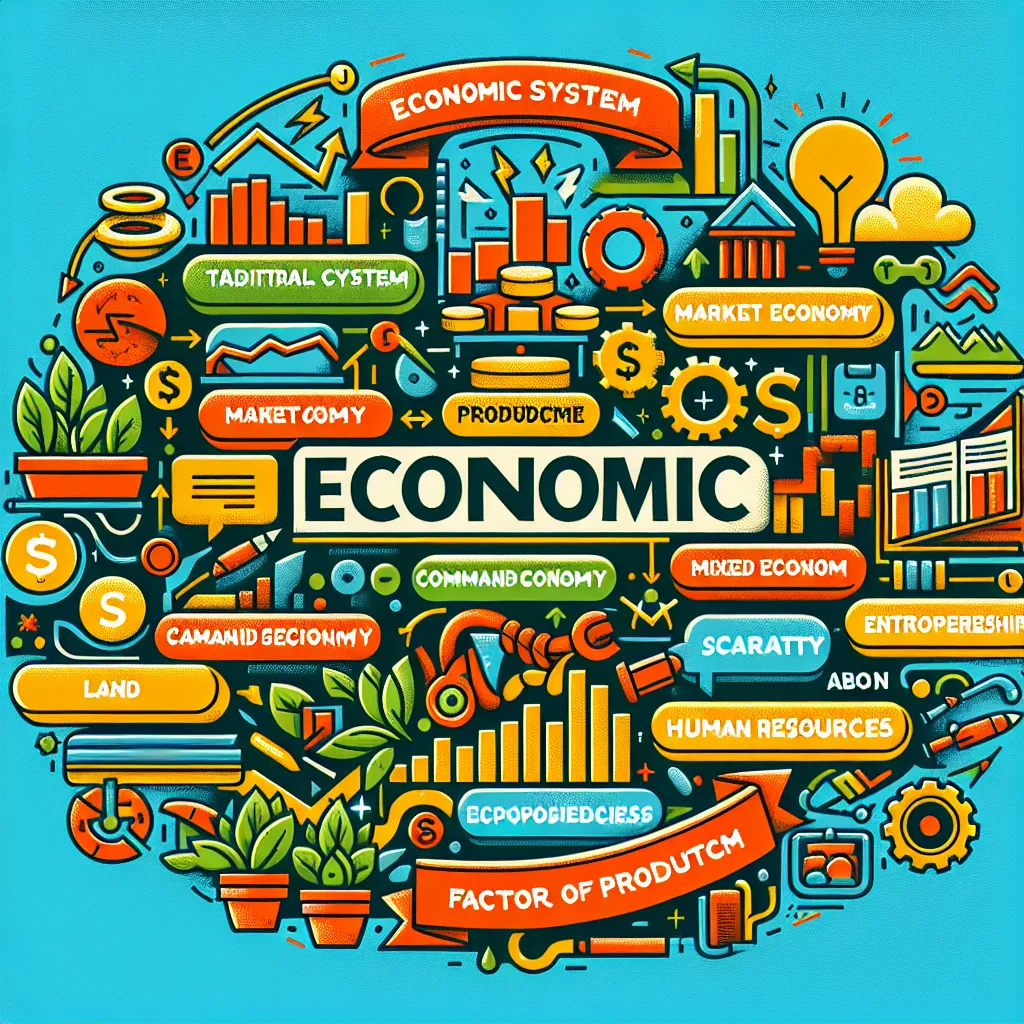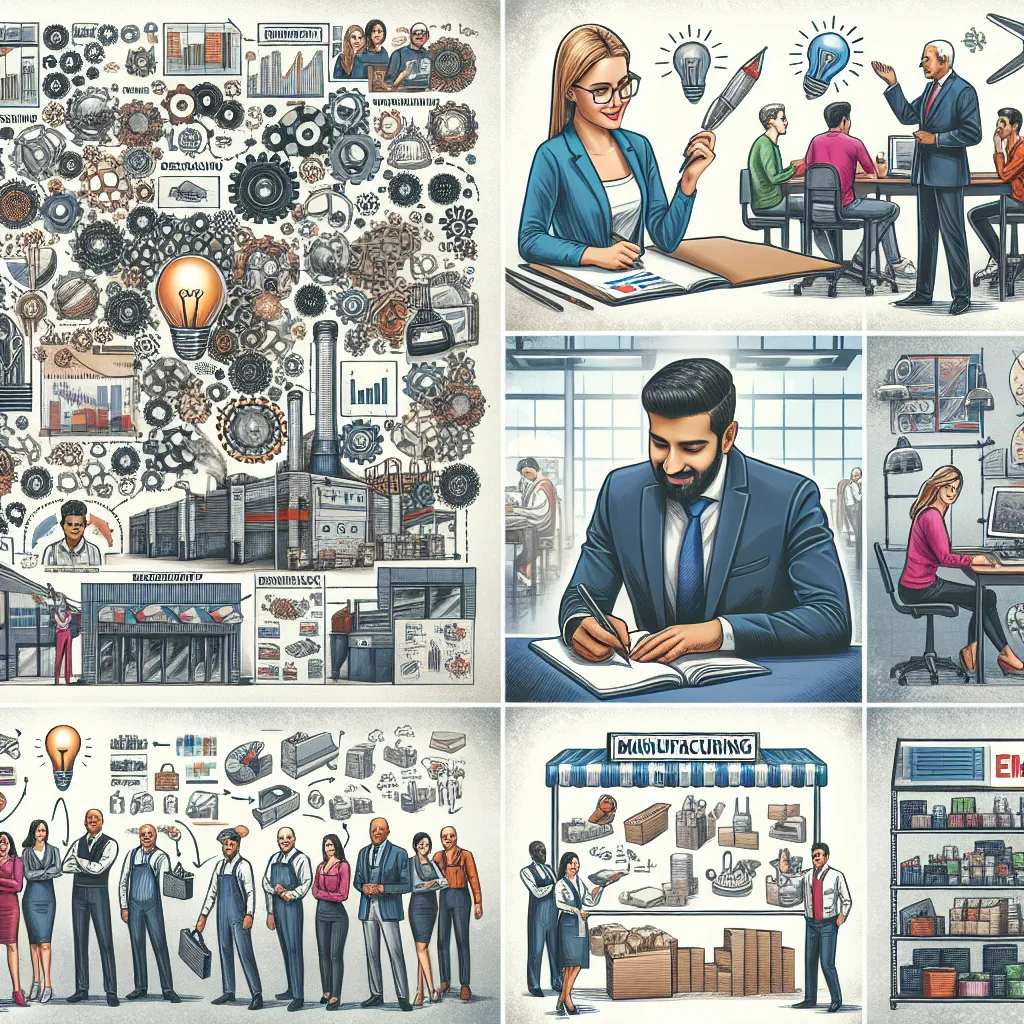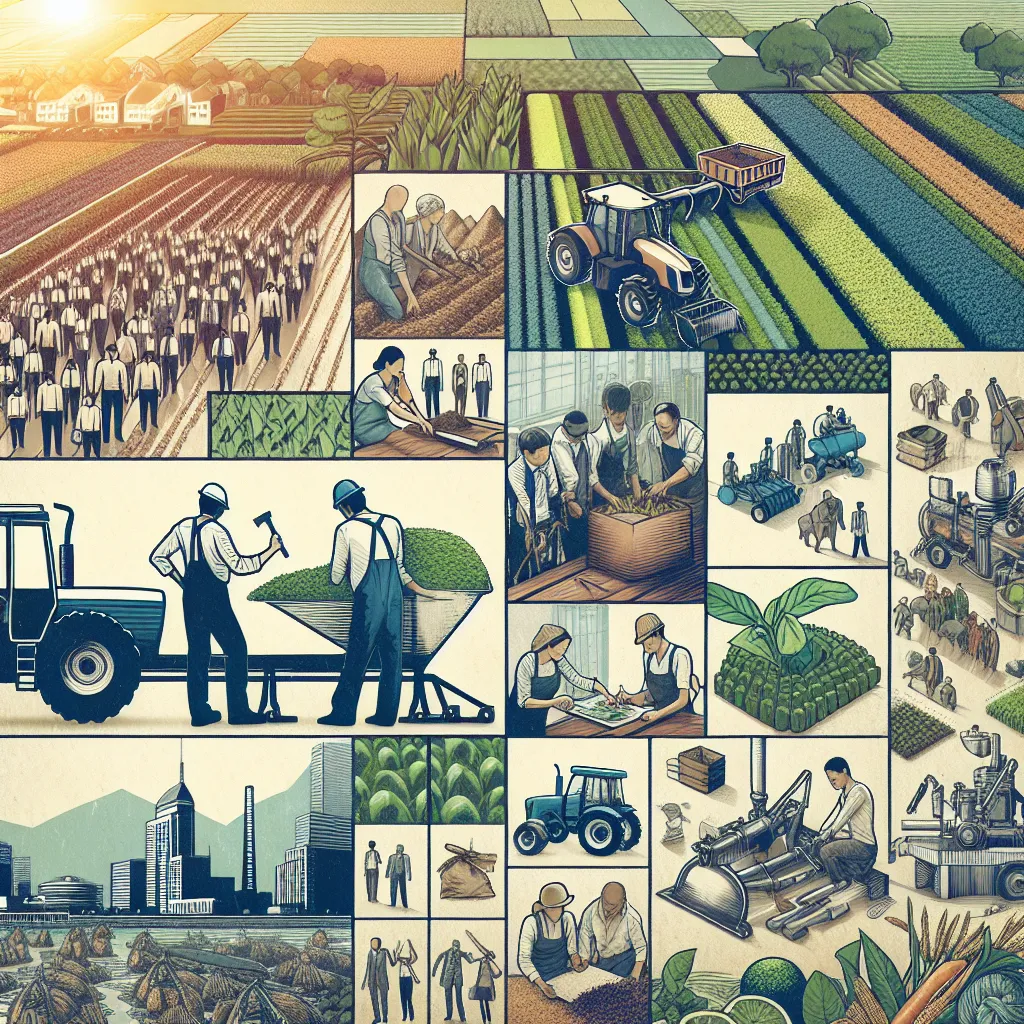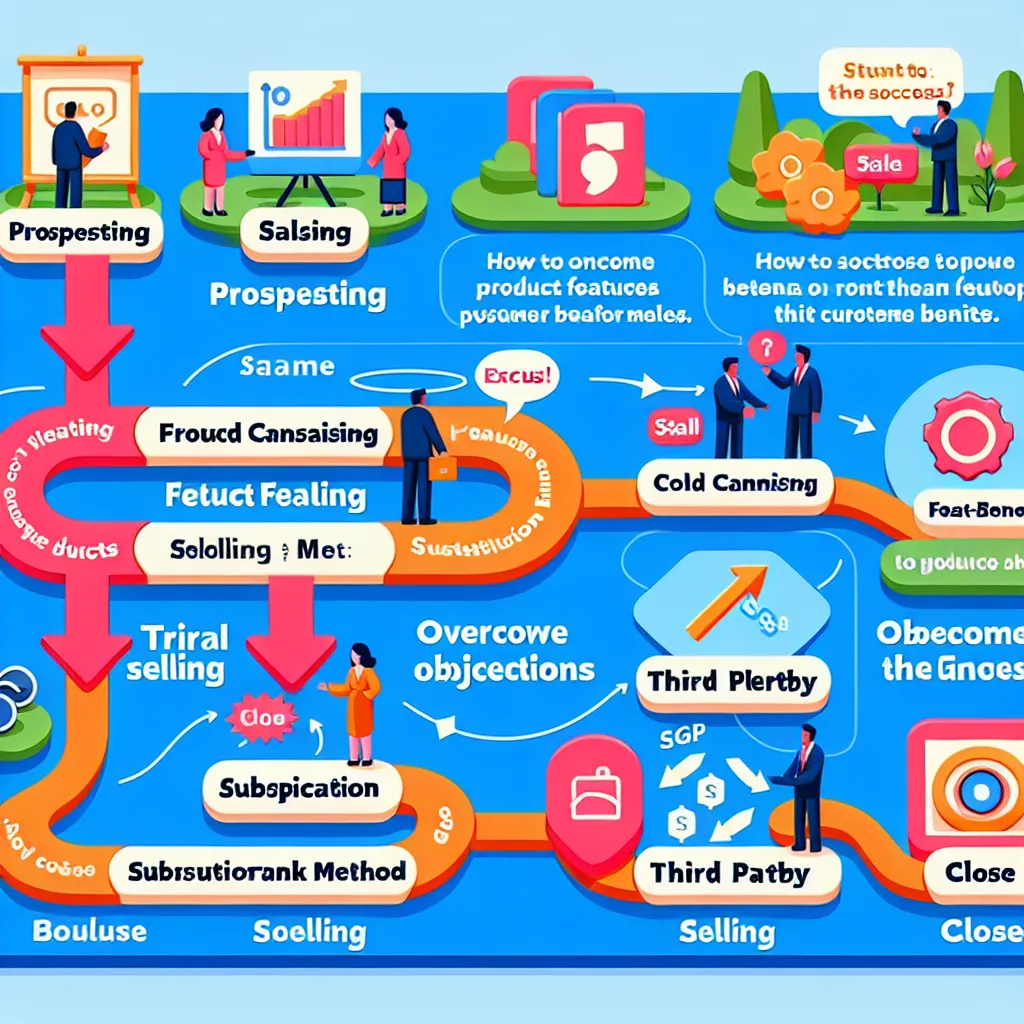Ask AI on The Internet
Question: can you give me the definition of these Needs Wants Economic Wants Non Economic Wants Economic Resources Human Resources Natural Resources Capital Resources Law of diminishing returns Capitalism Profit competition Economic decision making Scarcity Free Enterprise Opportunity Costs Production Marketing Management Finance Supply Demand Fixed costs Variable costs Perfect competition Monopolistic competition Oligopoly Monopoly
Certainly! Here are the definitions for each term: **Needs**: Basic requirements for human survival, such as food, clothing, and shelter. **Wants**: Desires for goods and services that people would like to have but are not necessary for survival. **Economic Wants**: Desires for goods and services that can be satisfied by consuming or using them, and they require resources to be produced and bought. **Non-Economic Wants**: Desires that do not require spending money or resources to satisfy, such as love, friendship, and fresh air. **Economic Resources**: The assets used to produce goods and services that satisfy human wants. These include natural resources, human resources, and capital resources. **Human Resources**: The labor, skills, and abilities of individuals used in the production of goods and services. **Natural Resources**: Resources that occur naturally in the environment and are used to produce goods and services, such as land, water, minerals, and forests. **Capital Resources**: Man-made assets used in the production of goods and services, such as machinery, buildings, and tools. **Law of Diminishing Returns**: A principle that states that as more of one input (e.g., labor) is added to a fixed amount of other inputs (e.g., capital or land), the additional output produced from each new unit of input will eventually decline. **Capitalism**: An economic system where private individuals or businesses own and control the means of production and operate for profit. **Profit**: The financial gain obtained when the revenue generated from selling goods or services exceeds the costs of production. **Competition**: The rivalry among businesses to sell their goods and services to consumers, which can lead to innovation, lower prices, and better quality products. **Economic Decision Making**: The process of choosing which needs and wants to satisfy, given the resources available. This involves weighing the costs and benefits of different alternatives. **Scarcity**: The fundamental economic problem that arises because resources are limited, and human wants are unlimited. Scarcity forces individuals and societies to make choices about how to allocate resources. **Free Enterprise**: An economic system where private businesses operate in competition, largely free of government control, and individuals are free to make their own economic decisions. **Opportunity Costs**: The value of the next best alternative that is forgone when making a choice. It represents the benefits that could have been obtained by choosing the alternative. **Production**: The process of creating goods and services by combining various inputs such as labor, materials, and capital. **Marketing**: The activities involved in promoting, selling, and distributing a product or service. It includes market research, advertising, and sales strategies. **Management**: The process of planning, organizing, leading, and controlling resources, including human and financial resources, to achieve organizational goals. **Finance**: The management of money, including activities such as investing, borrowing, lending, budgeting, and saving. **Supply**: The quantity of a product or service that producers are willing and able to sell at various prices during a given time period. **Demand**: The quantity of a product or service that consumers are willing and able to purchase at various prices during a given time period. **Fixed Costs**: Costs that do not change with the level of production or output, such as rent, salaries, and insurance. **Variable Costs**: Costs that vary directly with the level of production or output, such as raw materials and labor directly involved in production. **Perfect Competition**: A market structure characterized by many small firms, homogeneous products, no barriers to entry or exit, perfect information, and firms being price takers. **Monopolistic Competition**: A market structure characterized by many firms selling similar but not identical products, with some degree of market power, and few barriers to entry. **Oligopoly**: A market structure in which a few large firms dominate the market and have the ability to influence prices, often resulting in limited competition. **Monopoly**: A market structure where a single firm has complete control over the entire market for a product or service, leading to the firm having significant pricing power. These definitions encapsulate several fundamental concepts in economics and business, providing an essential foundation for understanding how businesses and markets operate.
Think your answer is better than the AI's? Post it below.
Other Most Relevant Posts:
 Economics: Allocation of Limited Resources for Unlimited Wants
Economic System: Structure for Production, Distribution, and Consumption
Traditional Economy: Custom-based Economic System
Market
Economics: Allocation of Limited Resources for Unlimited Wants
Economic System: Structure for Production, Distribution, and Consumption
Traditional Economy: Custom-based Economic System
Market
 1. Entrepreneurs: Risk-taking Innovators Driving Market Changes.
2. Entrepreneurship: Innovating Businesses with Risk-taking and Opportunities.
3. Employees: Contributors to Business Productivity
1. Entrepreneurs: Risk-taking Innovators Driving Market Changes.
2. Entrepreneurship: Innovating Businesses with Risk-taking and Opportunities.
3. Employees: Contributors to Business Productivity
 Definitions for Listed Terms: Entrepreneurs, Entrepreneurship, Employees, Manufacturing, Wholesaling, Retailing, Service, Self-assessment, Aptitude, Opportunities, Ideas, Trade Shows, Problem Sol
Definitions for Listed Terms: Entrepreneurs, Entrepreneurship, Employees, Manufacturing, Wholesaling, Retailing, Service, Self-assessment, Aptitude, Opportunities, Ideas, Trade Shows, Problem Sol
 Definitions:
- Visual Merchandising: Designing and arranging displays to attract customers.
- Display: Organized presentation of products to capture attention.
- Storefront: Attractive exterio
Definitions:
- Visual Merchandising: Designing and arranging displays to attract customers.
- Display: Organized presentation of products to capture attention.
- Storefront: Attractive exterio
Question Tags
If you want your question answered by an AI, click here.



Post your own comment: